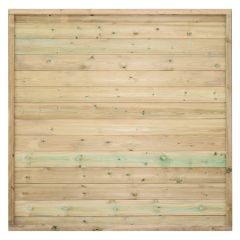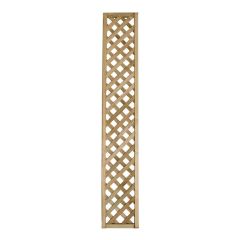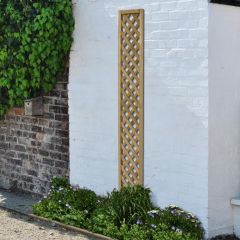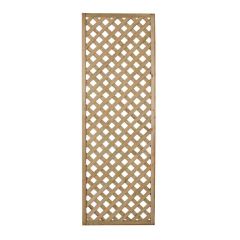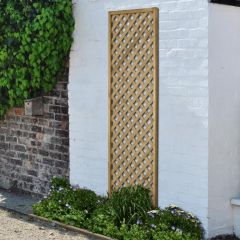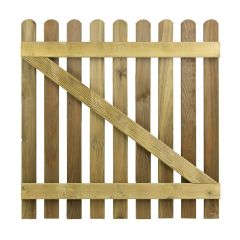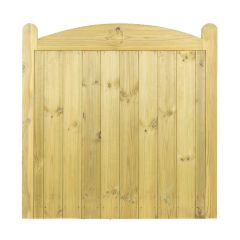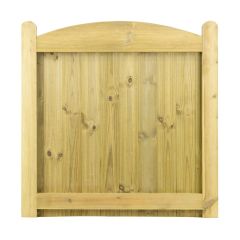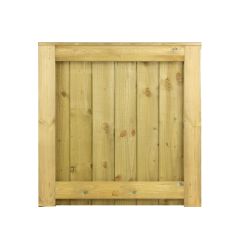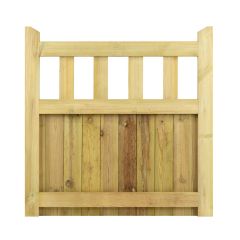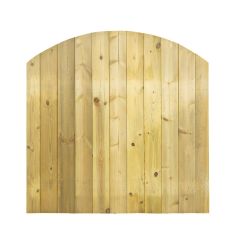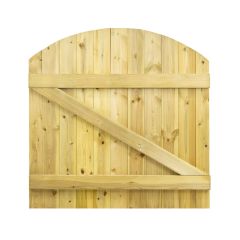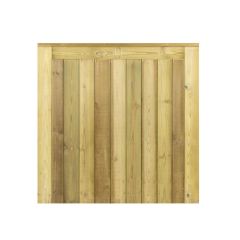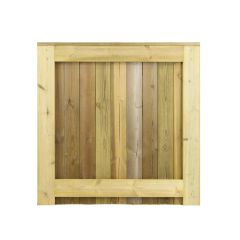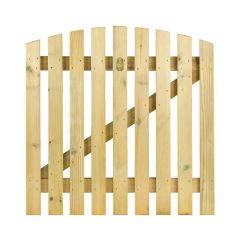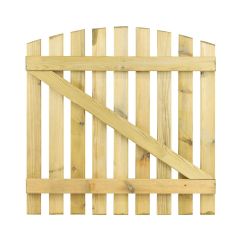Fencing Supplies
Specialist Fence Panel Suppliers
-
Fencing & Gates FAQs
What is the Difference Between a Fence and a Gate?
Gates can be similar to fences, however, with a latched option they can open and close to offer another point of entrance into your home. All gates and fences at Mill Timber are high quality and will take your home to the next level.
Which Type of Fence is Strongest?
If you're looking for a fence that will stand the test of time then you have come to the right place. All of our fences (and gates) are durable and made to the highest quality. However, the strongest fence that we have to offer would be any of our 'heavy-duty' fences.
How High Can My Fence Be?
In the UK, the legal height for a rear garden fence is typically 6'6" or 2 metres. However, you have the option to build a fence higher than 2 metres, but you must obtain planning permission from your local authority. In the front garden of your house, authorities generally permit fences up to 4 feet in height but it may be worth checking with your local authorities. It's essential to ensure that the fence is constructed from non-hazardous materials that meet safety standards.
How Do You Fit A Garden Gate?
Fitting a garden gate involves several steps. Measure the gate opening and choose a gate that fits. If you can’t find one wide enough, you might need feather edge boards or timber to fill in any gaps, or give us a call for a bespoke size. Consider the type of gate (wooden, metal, etc.) and the hardware needed. Install sturdy gate posts on each side of the opening. Fix gate hinges to the gate and attach them to one of the gateposts. Ensure proper alignment and swing. Apply any desired finishes or paint to protect the gate from the elements.





